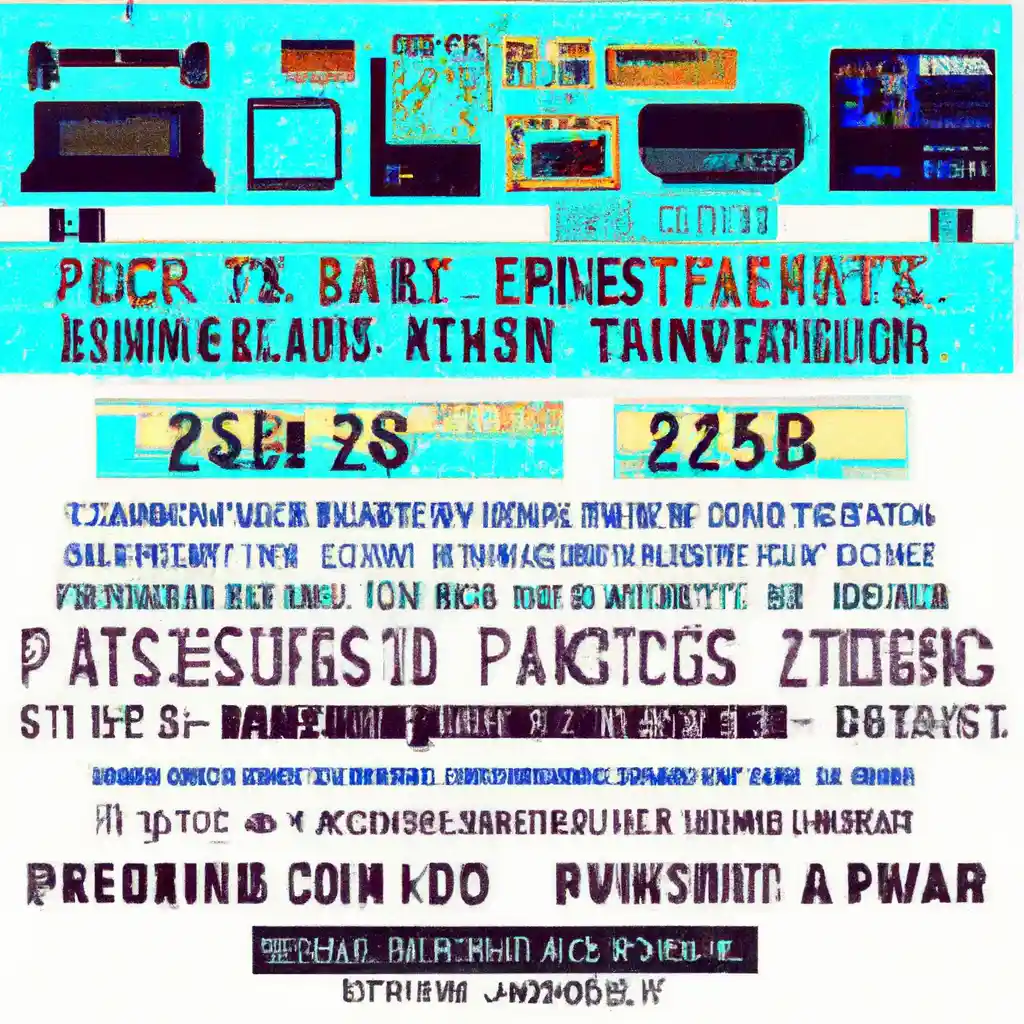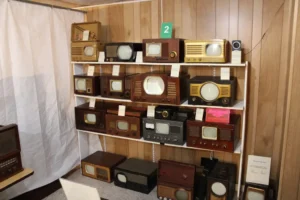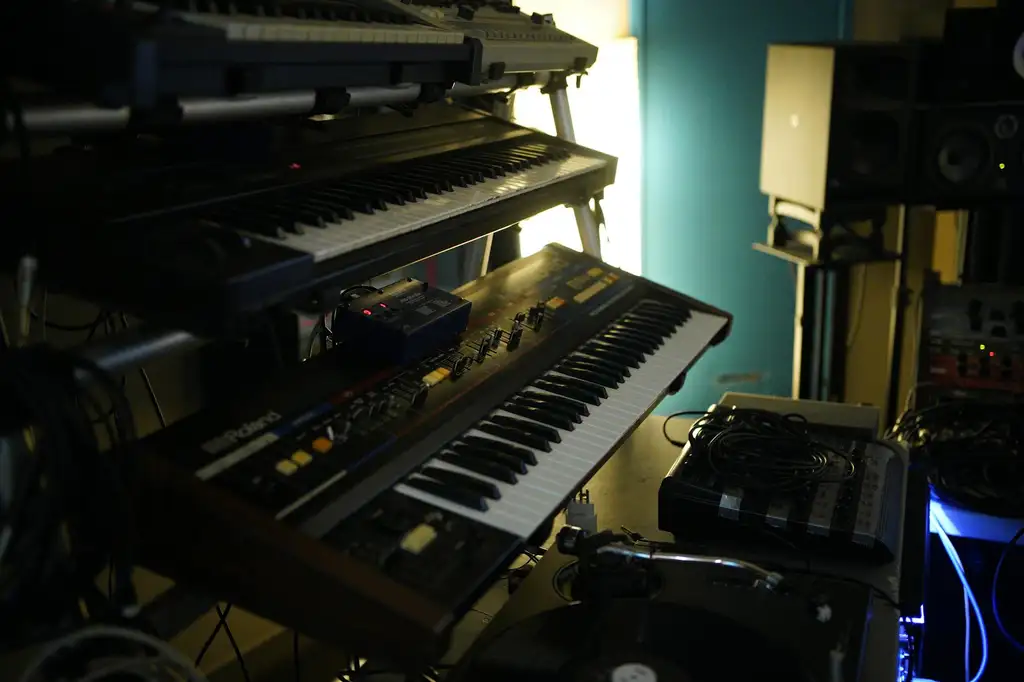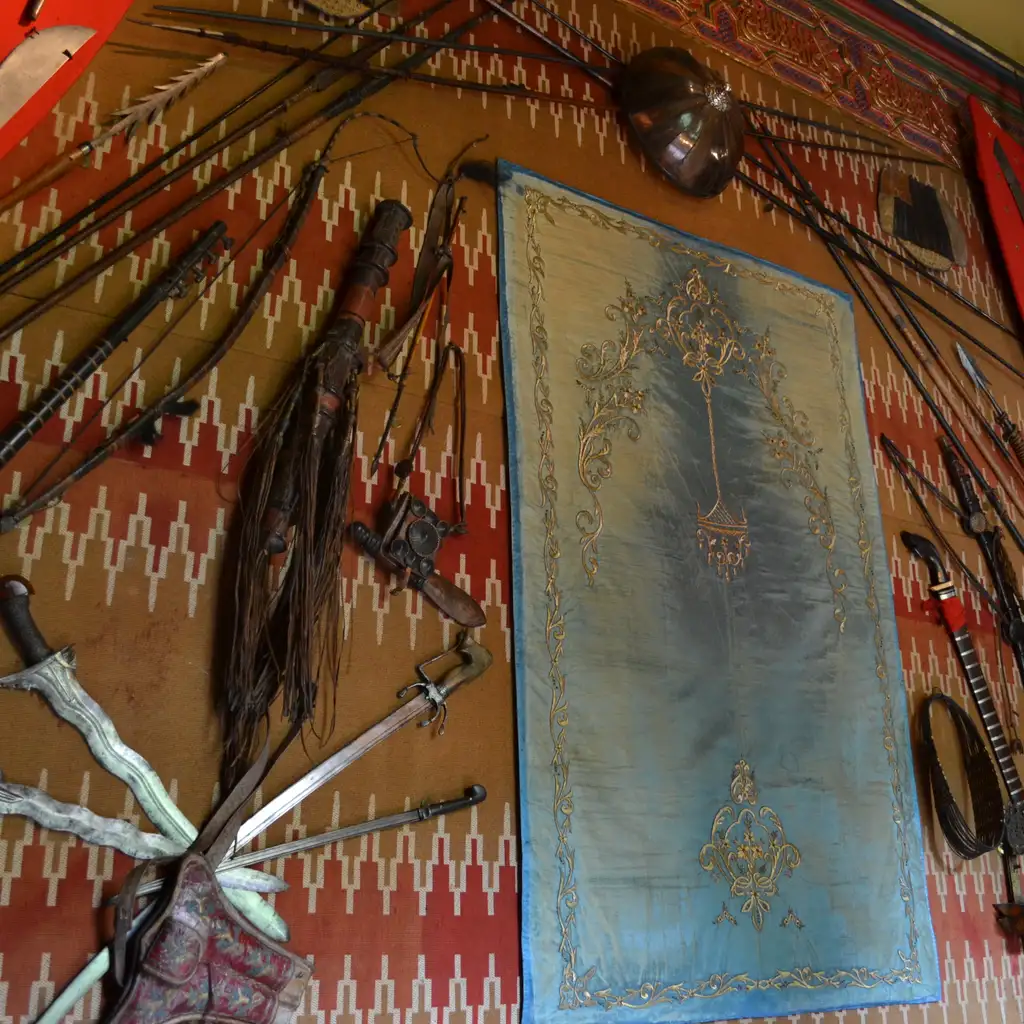This past weekend, the Vintage Computer Fest East offered a unique blend of history, nostalgia, and innovation, attracting computer enthusiasts from all walks of life. Hosted by the Mid-Atlantic Retro Computing Hobbyists, the event showcased a wide array of vintage computers, some of which many attendees had never heard of, while others brought back fond memories of long-lost platforms. Remarkably, several exhibits demonstrated how these ancient machines could be integrated with modern technology to create something truly contemporary.
Among the highlights was Ian Primus’s maintenance of the Prime 4450, a relatively compact machine by vintage standards, yet packed with a 32-bit CPU and extensive I/O capabilities. Despite Prime’s eventual demise following a failed merger, Primus’s enthusiasm underscored the lingering interest in such historical hardware. Unfortunately, power issues prevented the Prime 4450 from being booted up during the event.
The expo also paid homage to Digital Equipment Corporation with its PDP-series machines, signaling the company’s pivotal role in computing history before its evolution towards the high-performance Alpha chip. Similarly, the Vintage Computer Museum housed at Info Age offered a closer look at a PDP-8, a machine salvaged from a barn, complete with evidence of a mouse’s temporary residence.
Notably, the event wasn’t just about showcasing old hardware; it also served as a platform for enthusiasts to donate and revive vintage computers. This collective effort highlights the community’s dedication to preserving computing history, regardless of budget constraints.
Perkin-Elmer’s presence reminded attendees of the company’s transition from a significant player in scientific computing to focusing on DNA amplification technologies. This shift mirrored the broader move from large, multi-user systems to desktop computing in scientific research during the late 20th century.
Ralph Dodd’s inventive use of a Kaypro case, repurposing it with an Atari motherboard and a monochrome display, exemplified the creative spirit of the event. His unique boot system, allowing software selection via a laptop, alongside a gaming console hack that could hold 64 games, showcased the endless possibilities for repurposing vintage hardware.
Perhaps the most captivating for many was the Commodore 64, a machine that holds a special place in the hearts of those who owned one. One particular C64, upgraded to read from compact flash cards and hooked up to a guitar controller for an eight-bit version of Guitar Hero, demonstrated the timeless appeal and adaptability of vintage computing.
The Vintage Computer Fest East was more than just a trip down memory lane; it was a celebration of the enduring legacy and potential of vintage computing, bridging the gap between the past and the present. It served as a vivid reminder of how far technology has come and the innovative spirit that continues to drive the computing community forward.








